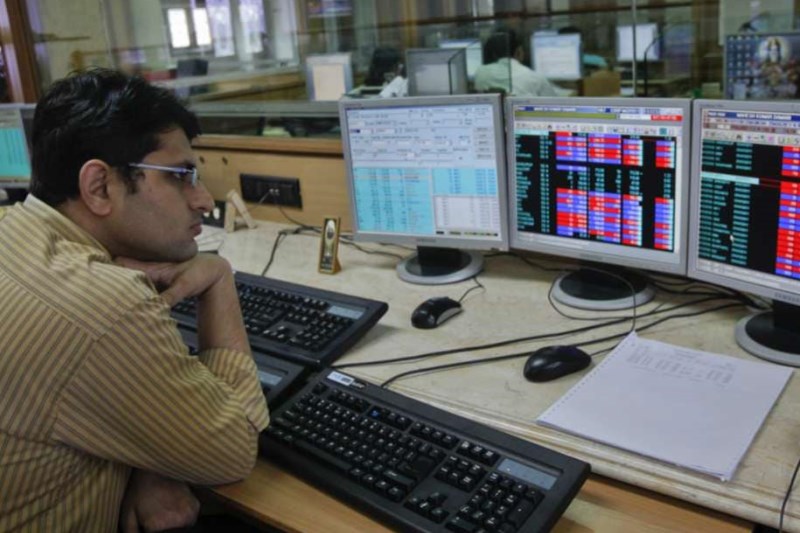United Homes Group stock plunges after Nikki Haley, directors resign
Investing.com -- Corporate earnings for India’s blue‑chip Nifty 50 index are likely to grow 14% year on year in the April‑June quarter, with more than four‑fifths of the increase coming from three heavyweights: HDFC Bank Ltd (NSE:HDBK), Reliance Industries Ltd (NSE:RELI) and Bharti Airtel Ltd. (NSE:BRTI).
Revenue for the 50‑share index is expected to rise 10%, ending an eight‑quarter spell of single‑digit top‑line growth, according to analysts at BofA.
Bank of America projects a similar pattern for the 30‑stock Sensex, with earnings up 15% and sales up 10%.
Automakers are expected to drag on both benchmarks because of weaker volumes and operating leverage, it added.
Energy, telecom, cement and metals are forecast to post the fastest profit expansion, ranging from 23% to 85%, while autos, consumer discretionary, staples, information technology and utilities are seen reporting declines or low‑single‑digit growth.
Financials and IT services, which together make up almost half the Nifty’s weight, will keep broader earnings uncertain through the first half of the fiscal year, Bank of America said.
Loan growth is unlikely to pick up before the December quarter, and banks face further pressure on net interest margins.
In technology, clients are still delaying discretionary projects amid tariff worries, and spending is not expected to normalise before the second half.
Outside those sectors, the note highlighted risks from slower power demand, muted industrial orders and continued losses at food‑delivery firm Zomato (NSE:ETEA).
Analysts expect investors to look past first‑quarter numbers and focus on guidance. Bank of America favours rate‑sensitive domestic cyclicals, banks, non‑bank lenders, real‑estate investment trusts, automobiles and telecoms, saying two recent Reserve Bank of India (NSE:BOI) rate cuts should help.
It remains underweight on globally exposed industries such as IT and energy, and on capital‑spending plays like cement and steel, citing tariff‑related uncertainty and the risk of populist spending.
